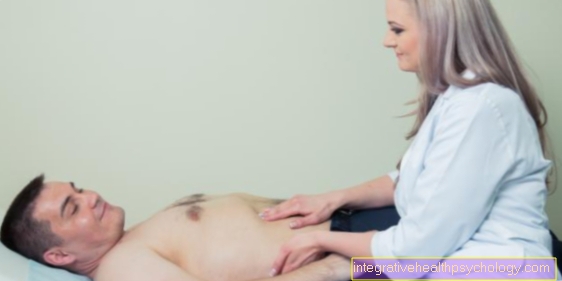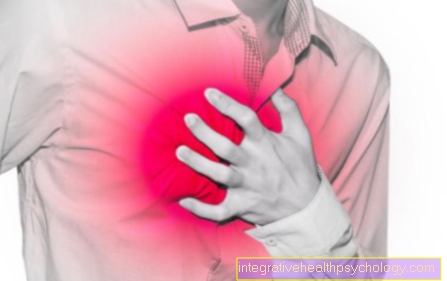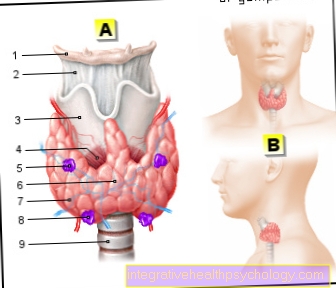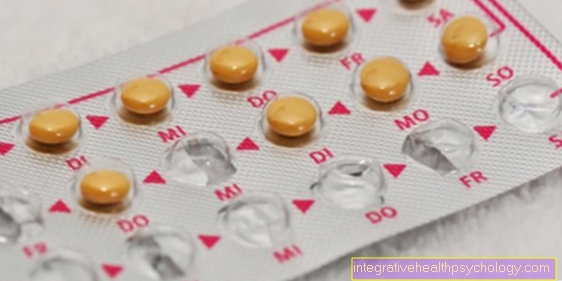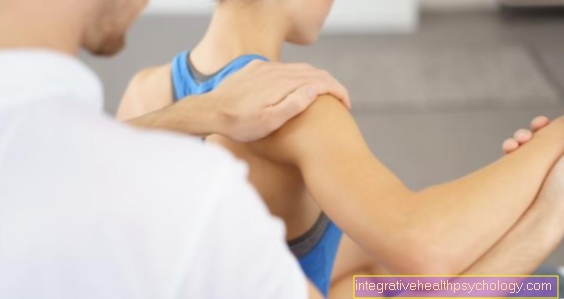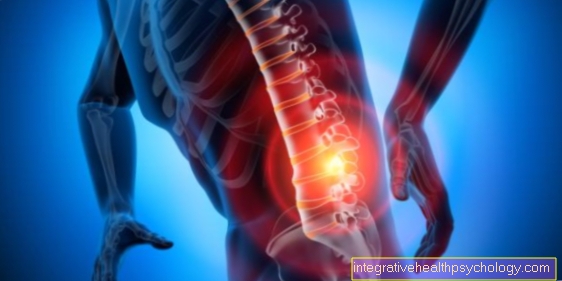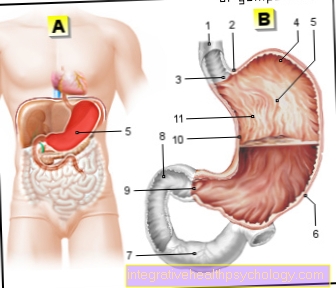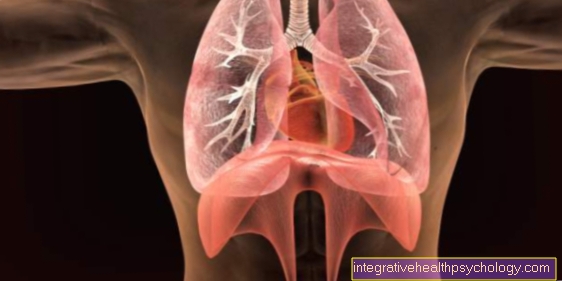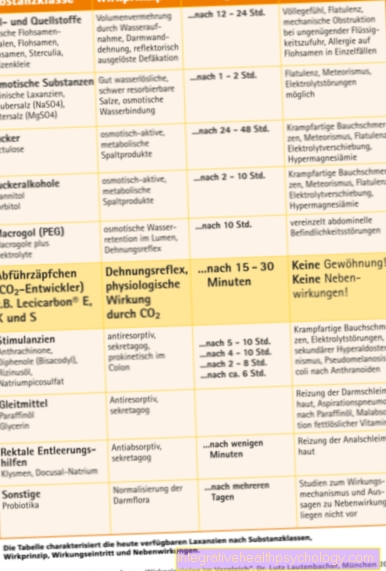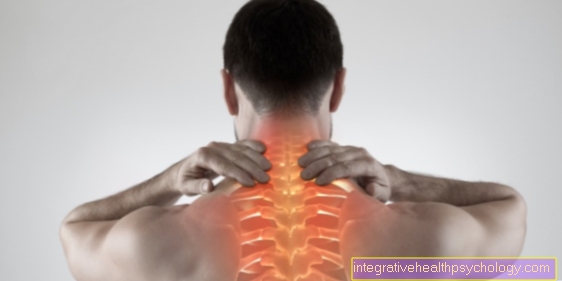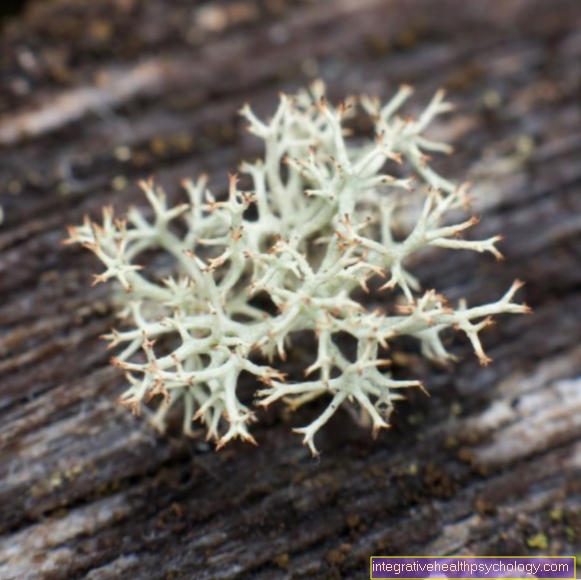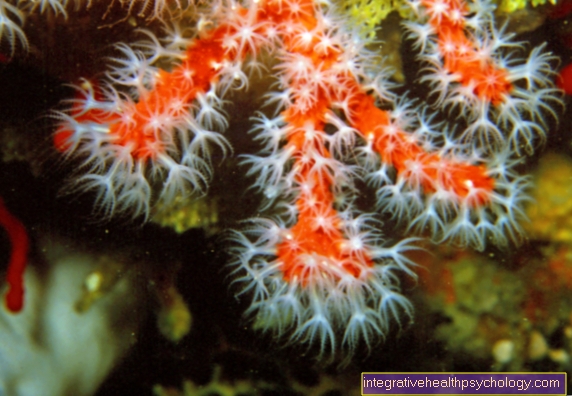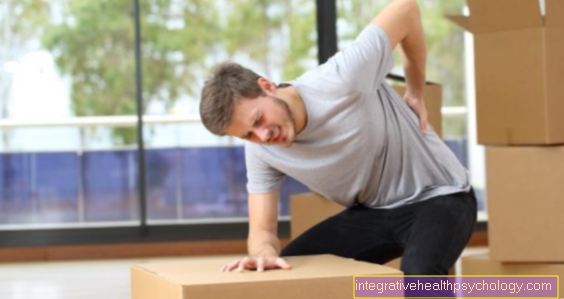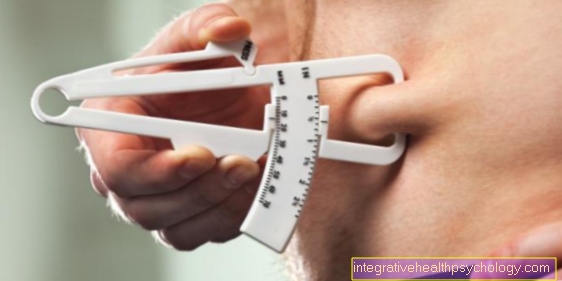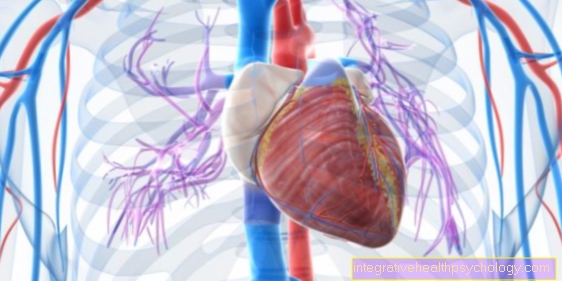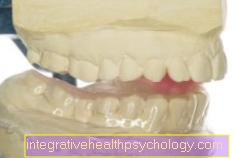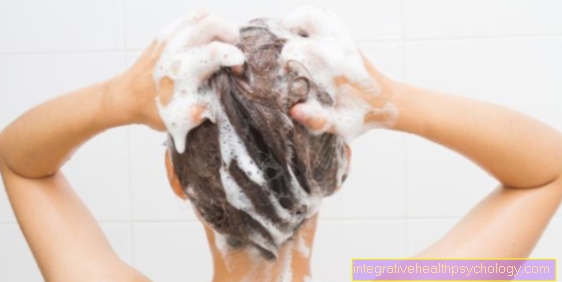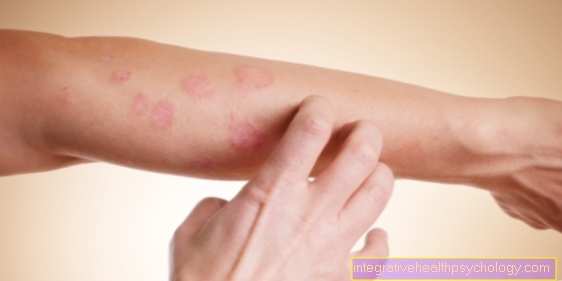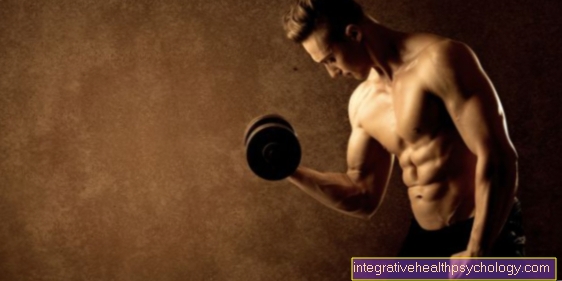The coordination of movements
Synonyms in the broadest sense
Motor learning, coordination processes, control loop levels
English: movement coordination
introduction
This article attempts to describe human movement in its appearance and to illustrate possible motor learning processes based on coordination processes in the human brain.

definition
The analysis of movement coordination is a branch of movement science and is explained using control loop levels. The term coordination is understood to mean the interaction of several sub-processes. Transferred to sport, movement coordination is understood as the interplay between muscles and the nervous system. The movement coordination is part of a movement action and plays the most important role in the execution part alongside cognitive and emotional processes. For more information on coordination, see Coordinative Skills.
Process of movement coordination
The coordination of human movements is explained using cybernetic control loop levels. By means of control and regulation processes, the processes of sporting movement can be explained in more detail, and it becomes clear why the individual exercises are better completed by experienced people than by beginners. Humans are understood as a system that absorbs stimuli from the environment, processes them and converts them into the respective movement. We can compare this with the principle of a radiator, which compares the real ACTUAL value with a target value and makes changes if necessary. The human organism can control a movement through muscle innervation (efference) and feedback (afference). Further information on the subject of neural processes is available at Nervous system.
The control of movements is divided into 3 control loop levels based on motor learning.
1st control loop level
Rough coordination phase
In the first control loop level, the movement coordination takes place as a conscious control, without the targeted involvement of subordinate areas such as the cerebellum or basal ganglia. The execution of the movement is still very gross motoric and corrections during the movement are hardly or not at all possible. The athlete only receives feedback on the performance of movement via visual and acoustic stimuli from the environment. The kinetic analyzer (reafferences), which is responsible for fine-tuning the movement, only plays a very subordinate role in the first control loop level. Example: The action plan for serving in tennis is available. The athlete has a rough idea of what the movement should look like, but when performing the movement, he cannot perceive possible incorrect posture himself, as the internal feedback does not yet allow him to do so. Errors that occur can only be corrected by the trainer or trainer.
You can find more on the topic in our article: Motor learning
2nd control loop level
Control via subcortical centers
If the movement is carried out often, it seems increasingly safer. So-called movement programs are formed in the cerebellum, and control during movement is possible based on feedback from the kinaesthetic analyzer. This unconscious control is carried out by the subcortical and supraspinal centers. In this phase of the movement, the consciousness can be directed to other relevant points of attention. Feedback from the trainer or teacher is still important, but takes a back seat as the level of confidence in the execution of the movement increases.
Using the example of service in tennis, the aim of the service is achieved. The ball is executed with certainty and all aspects of the technique are observed. The dynamic aspect of the movement is not yet recognizable, however.
3rd control loop level
Control via spinal and supraspinal centers
In this phase of movement coordination, the movement program is optimally developed. Based on the MEINEL / SCHNABEL motor learning, the athlete is in the phase of fine coordination.Due to the spinal and supraspinal centers in the brain stem and motor cortex, the movement can be carried out safely with regard to the execution of the movement, even if disturbances occur.
It should be noted that this phase of movement coordination can only be achieved after several years. The feedback from the teacher only plays a role for specific technical elements. When serving in tennis, this means that the movement is optimally coordinated in terms of space, time and dynamics. In the event of sun, wind or the wrong ball throw, the service can still be performed with certainty.
What role does the cerebellum play?
The cerebellum plays a prominent role in coordinating movement. Without it, we couldn't even perform finely tuned, coordinated movements. It monitors the body's coordinative movements and repeatedly makes fine corrections. It also plays an important role in equilibrium and coordinates muscle activity with every movement that you make so that the body is always in balance.
More information can be found here: Function of the cerebellum
Target and actual value comparison
A comparison of movements is only possible if the human organism has the opportunity to compare the actual value with a target value. It works like this:
Through higher centers in the brain, impulses go to deeper centers of the central nervous system. There the movement is saved in the form of an efference copy. From there the impulse is passed on to the successful organ and the movement is carried out. After the end of the movement, feedback is given to the deeper centers in the CNS. The executed movement is compared with the efferent copy. In the rough coordination phase (1st control loop level), this extrinsic feedback occurs via the trainer. With increasing safety, the kinaesthetic analyzer gains in importance and this target-actual value comparison takes place during the movement, which enables the athlete to make a correction during the movement.
How can you train movement coordination?
Movement coordination can be trained and trained in a wide variety of ways. This motor skill is more or less important for all disciplines and sports. Four movement coordination exercises are presented using the example of running. The distance for each of these exercises is 25 meters. First, the athletes should run technically clean and keep their arms stretched up. The upper body should be as calm as possible. In the second exercise, the arms are now stretched out sideways while running technically clean. In a third exercise, the participants should walk technically cleanly over beam obstacles. Here, too, the upper body should be as stable and calm as possible. The last variant is the knee lift while running. These exercise examples form only a part of the entire, diverse range.
You might also be interested in this topic: Movement education
What exercises are there?
The great variety of the coordination exercises is particularly interesting. In addition to one-legged hopping, final jumps with right and left, coordination runs with tires on the floor, jumping runs, jumping jacks and other jumping exercises are also popular. Jumping rope is a demanding exercise. It requires a high level of concentration in the execution and regular training to complete successful rope jumps. Running in response to acoustic or optical signals are also effective exercises to train movement coordination.
Which tests for movement coordination are there?
One test is “stick gripping”, a reaction test in which the test person has to grab a falling stick with his hand. The distance covered by the stick that has fallen until the hand grips it gives an indication of how good the reaction is to this coordination test. Another test is the jumping jack. Five jumping jacks should be performed. The hands should clap over the head and on the side of the thighs when landing. This test examines arm-leg coordination and rhythm ability. Throwing a ball with a full turn is a coordination test that examines the ability to orient and differentiate. A ball should be thrown up and the body rotated during the flight phase of the ball. This exercise is repeated five times and the ball should be caught over and over again.



